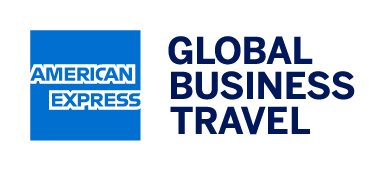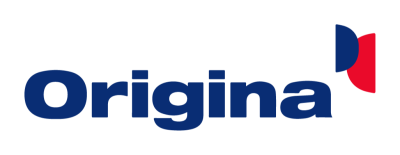Ask Joanna
The CPO's Corner

Question:
My Supplier is now a Robot: What do I do?
Joanna's Answer:
With AI and RPA gaining in both sophistication and capabilities every day, the work we helped outsource just a few years ago might soon be performed by a machine. What does that mean to our existing agreements? Does it matter what our suppliers are doing as long as the final SLA’s are being met?
We are in the middle of a seismic shift in the kinds of contract language required to protect our companies and seize the opportunities that automation provides. There are many important factors to think about. Here are three:
Pricing model. It is highly likely that your pricing model is based on the number of FTE’s supporting your company. And the cost per individual will increase over time due to annual pay raises, especially where there is high demand for labor. Particularly in offshore locations, the FTE’s are probably working in a physical office which creates another layer of overhead. That doesn’t happen with machines – they would be expected to pick up efficiency the more they operate. So instead of accepting price escalation formulas, our models should accommodate for price decreases as well.
The entire offshoring model is vulnerable. Offshoring considerations are largely labor-based. It makes sense that high volumes of repetitive tasks could be done more cheaply where the cost per person is lower. But with RPA and AI in the mix, that gap narrows. When a machine does all the work, the physical location of that machine is less important than when you are dealing with FTE’s. The analysis is no longer internal costs vs offshoring. Its now offshoring vs robotics. This is the time to rethink the entire model.
Your company has already adapted to the outsourcing that has taken place – they’ve consolidated facilities, adjusted headcount, etc. Now the service provider is vulnerable. They are now the ones sitting on that investment in property, people and infrastructure. Perhaps they’re adjusting by implementing some robotics of their own. Do you know about it? Does your contract provide for adjustments in your pricing if the outsourced provider automates internally?
Security. When real people are involved, outsourcing firms go to great lengths to physically separate individuals who work for competitors, or who handle highly sensitive information. But what happens when the firewall needs to be virtual? The physical firewall must be replaced by data firewalls.
A CPO once told me that she never worries about getting to the point where all the savings have been found. Her company, a Fortune 50 firm, constantly acquires other firms or introduces new products so there is a steady stream of significant procurement work. Other companies are not as dynamic and procurement teams may struggle to find the next big opportunity. For many of us, this is it.
About Joanna

Joanna Martinez is a global procurement / supply chain leader and the founder of Supply Chain Advisors LLC. She is a frequent lecturer and blogger on procurement topics and also provides coaching, strategy development, training, and cost reduction opportunity assessment. Her clients range from Fortune 100 companies to technology startups.
As either regional or global CPO, Joanna has led transformation initiatives for companies in many different sectors: among them Johnson & Johnson (consumer products), Diageo (beverage), AllianceBernstein LP (financial services) and Cushman & Wakefield (real estate services, property management). She has also held client-facing roles, effectively giving her the opportunity to “sit on both sides of the table”.








